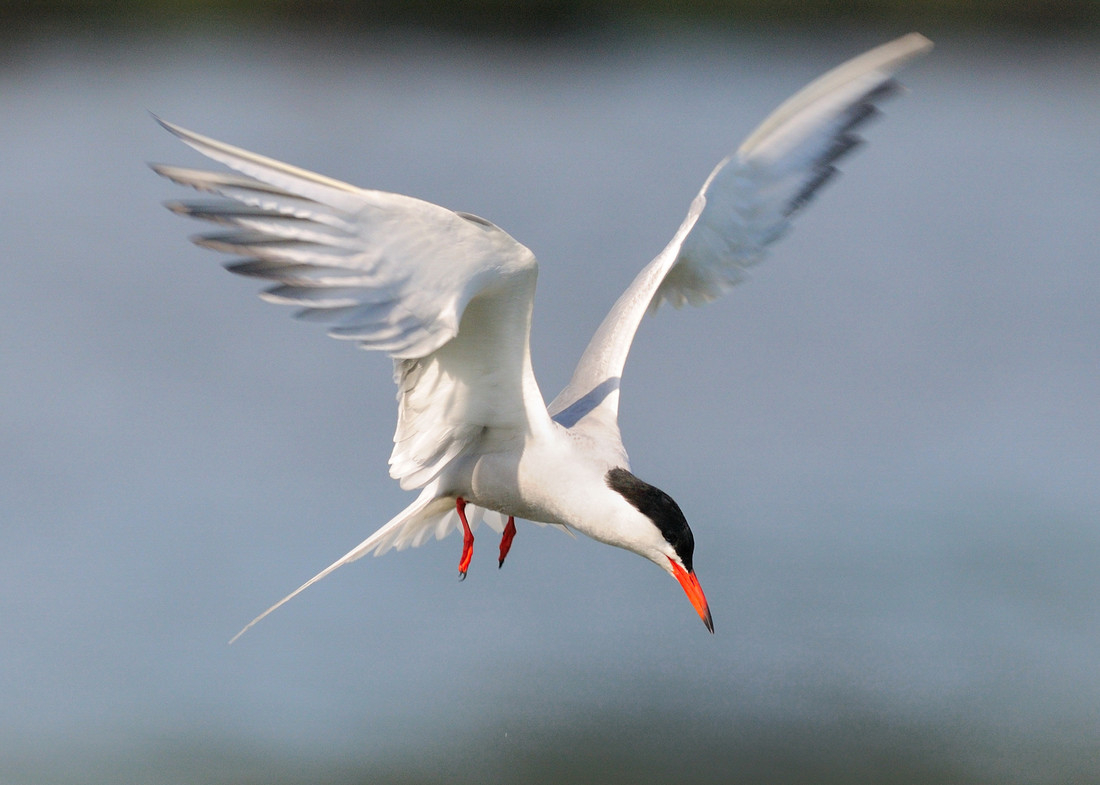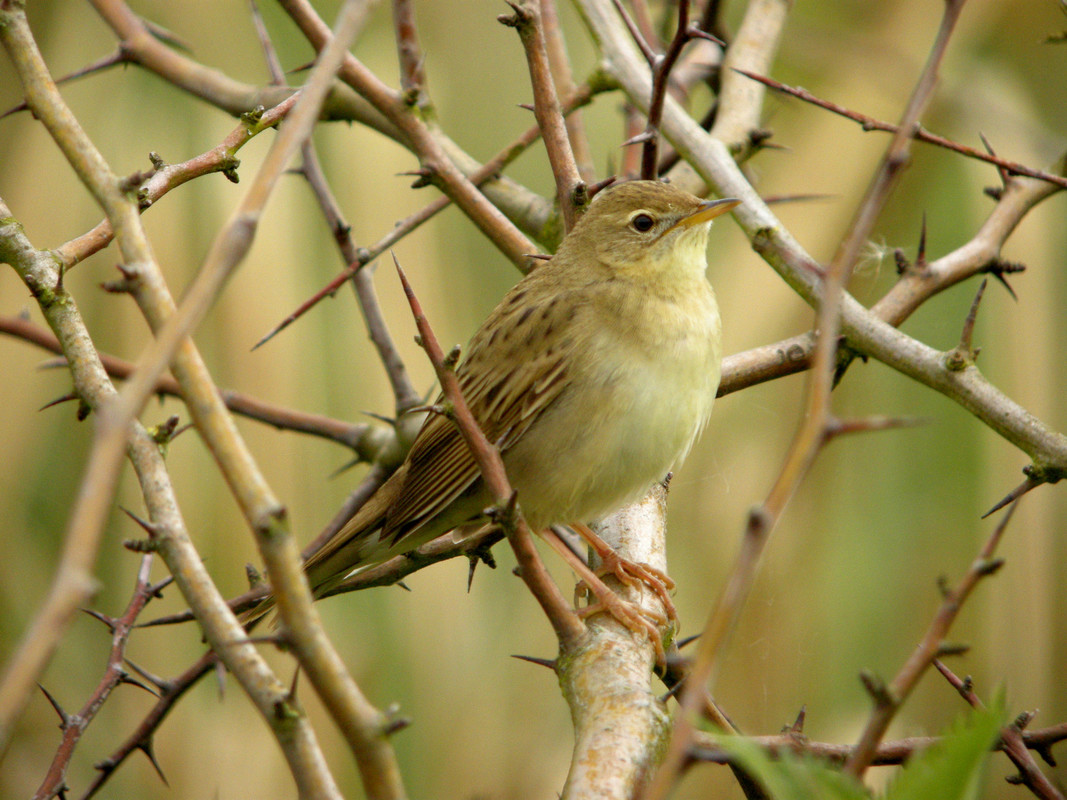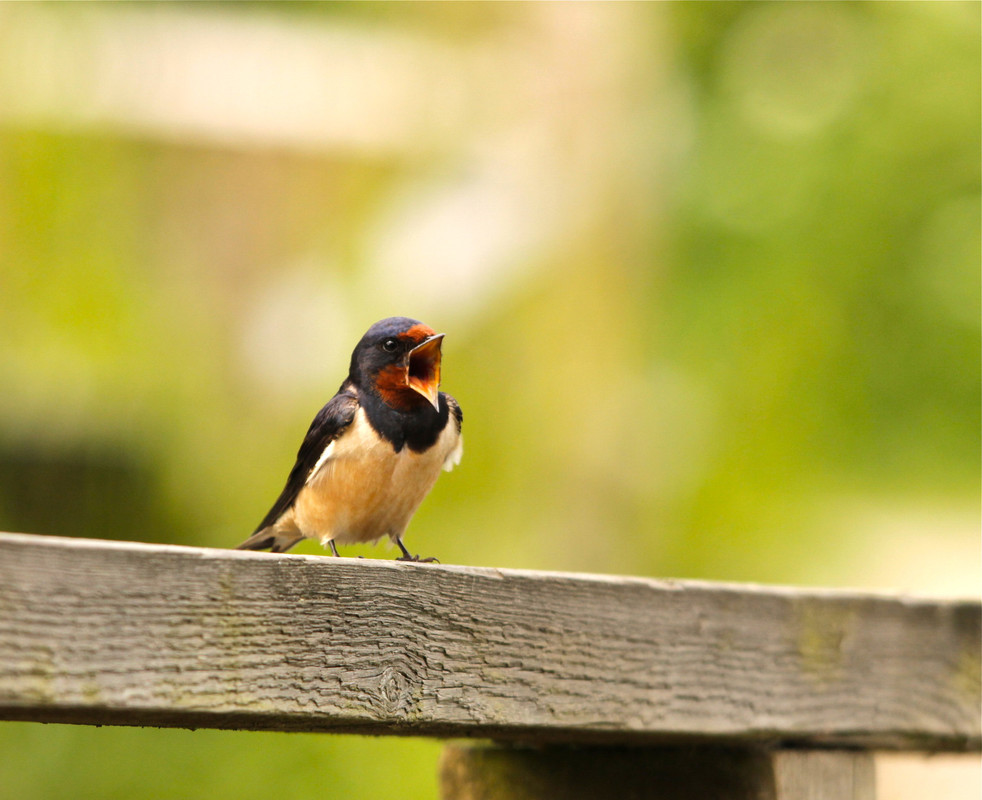Wildlife sightings for 3rd December 2016
1 Marsh Harrier - flew in from W, then headed NE across the marsh
3 Water Rail - calling from the reedbed and sheltered lagoon
1 Water Pipit - wader scrape
8 Pintail - wader scrape
5 Snipe - grazing marsh, main lake
1 Yellow-legged Gull 1st winter - main lake
2 Peregrine
2 Stonechat - wader scrape
1 Siskin - sheltered lagoon
November bird highlights: Bittern, Jack Snipe, Curlew, Dunlin, Yellow-legged Gull, Goldeneye, Marsh Harrier, Kingfisher, Peregrine, Siskin, Redpoll, Skylark, Water Pipit, Stonechat.
Good numbers of wintering wildfowl have arrived with Shoveler counts regularly 100+. The grazing marsh is being kept fairly wet to attract migrant waders like Black-tailed Godwit and Snipe, and migrating passerines may turn up anywhere on the grazed banks and fencelines. Water Pipit, Rock Pipit and Meadow Pipit have all been seen on the marsh fields this autumn. Look out for interesting migrant Warblers or Firecrest that could turn up among the mixed Tit flocks, particularly among the Willow growth. Bitterns have been found mostly along the north shore of the main lake since mid-November.
Fungi: (found on early October foray) Orange bonnet (nr Otter enclosure); Brown birch bolete; Candlesnuff; Hazel bracket; Cushion bracket (on old cherry plum); Brown roll-rim (Wooded Wetlands area); Earthfan species – Thelephora penicillata (nationally uncommon); Deceiver (nr reeds opposite willow wigwams); Bleached brittlegill; Chicken of the woods (swamp forest on old bog oak from Martin Mere); Beefsteak fungus; Grayling bracket and Smoky bracket (both on left through wildside gates); Conocybe ‘conecap’ (on left through wildside gates); Purple bramble rust (Summer Route); Yellowing curtain crusts; Blushing rosette; Giant puffballs; Pancake crust (on bridge near turn off to Wildside hide. nationally rare); Bearded milkcap (Wetland Living area and just before Succession Trail); Birch mazegill (on birch stump in log garden); Turkey tails (near Dulverton Hide bridge); Meadow puffballs; Oak mazegill (on bench near Wader Scrape hide); Milkcap species Lactarius controversus (nationally uncommon and associated with willows in damp / wet woodland. only our second ever record); Fairy Inkcap.
Moths: (Oct 29th moth trap) Box-tree moth, Tachystola acroxantha, Light Brown Apple, Double-striped Pug, Barred Sallow, Large Yellow Underwing, Cypress Carpet, 10 Large Wainscot, Red-line Quaker, Square-spot Rustic, Mallow, Grey Pine Carpet, plus some Caddis and nocturnal Ichneumonidae.
Dragonflies: Common Darter (still present into November).
Beetles: 7-spot Ladybird, Harlequin Ladybird, Oedemera lurida (e.g. Compositae flowers), Donacia simplex (and related species on Branched Bur-reed), Rosemary Beetle (on Lavender in Sustainable Gardens), Red Poplar Leaf Beetle (on poplar sapling leaf Sheltered Lagoon), Viburnum Leaf Beetle (on Guelder-rose beside Bog Garden), Longhorn Beetle.


